Thinking of being a true Texan and planting a pecan tree? Learn how to care for pecan trees by reading this blog post. Pecan trees, with their majestic presence and delicious nuts, are a prized addition to any landscape. Whether you want to grow them for their shade, beauty, or the plentiful harvest they offer, understanding how to care for and maintain pecan trees is essential.
In this comprehensive guide, we will discuss everything from planting tips to ideal growing conditions, general care tips, and when and how to trim your pecan trees.
Planting Tips for Pecan Trees
When it comes to planting pecan trees, a few key factors can greatly influence their long-term success:
Location: Pecan trees thrive in full sunlight, making it crucial to select a planting site with at least six to eight hours of direct sunlight each day. Adequate spacing is also essential since pecan trees can reach substantial heights and widths. Allow 60 to 80 feet between each tree to ensure ample room for growth.
Soil Quality: Pecan trees prefer deep, well-drained soil. Before planting, it is advisable to conduct a soil test to determine its pH level and nutrient composition. Ideally, the pH should range between 6.0 and 7.0 for optimal pecan tree growth.
Choosing the Right Variety: Pecan trees come in various varieties, each with its own unique characteristics and nut qualities. Ensure you select a variety that is best suited for your specific climate and desired nut production. Consult a local nursery or horticulturist for guidance on the best pecan tree variety for your area.
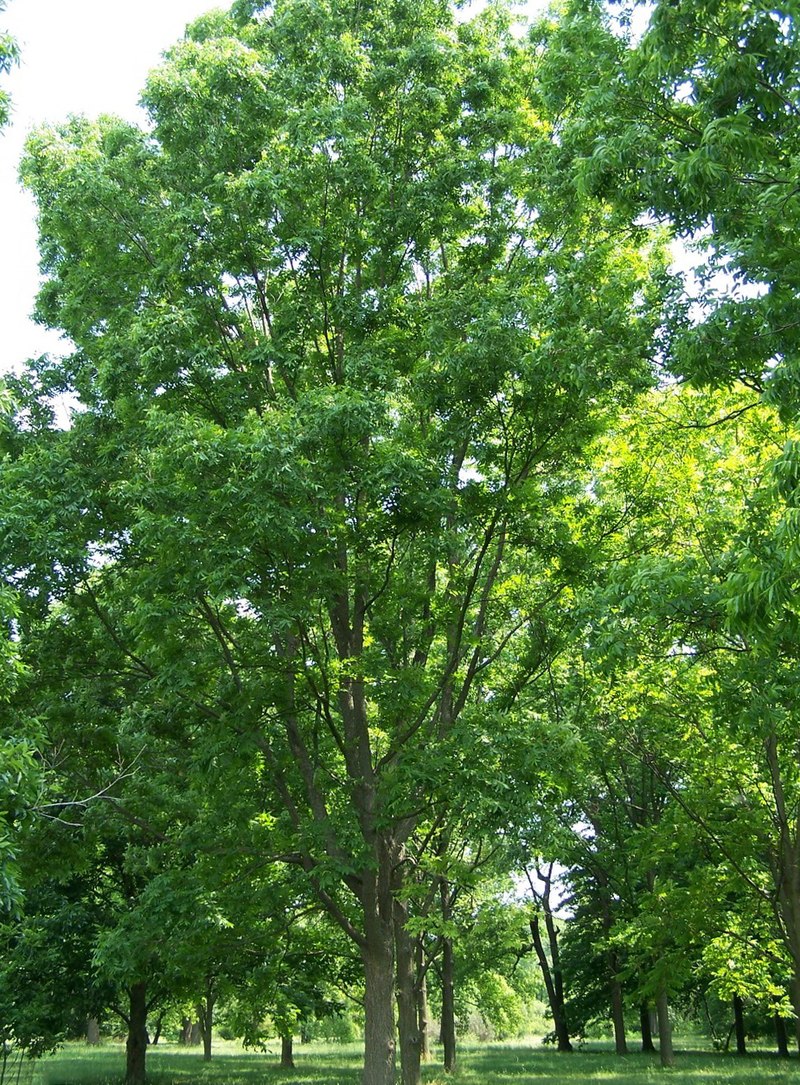
Ideal Growing Conditions for Pecan Trees
Creating an environment that supports the healthy growth of pecan trees is crucial for optimal nut production. Here are a few essential growing conditions to keep in mind:
Watering: Pecan trees require regular and consistent watering, especially during the first few years after planting. Deep watering is recommended to encourage deep root development. Provide approximately 1 inch of water per week during the growing season, ensuring the soil remains evenly moist but not waterlogged.
Fertilization: Pecan trees have specific nutrient requirements to thrive. Conduct a soil test to identify any deficiencies and adjust your fertilization practices accordingly. Generally, apply a balanced fertilizer in early spring, before bud break, and again in mid-summer to provide the necessary nutrients.
Pest and Disease Management: Pecan trees are susceptible to pests and diseases, including pecan weevils, aphids, fungal diseases, and more. Regular monitoring, proper sanitation practices, and the use of appropriate pesticides can help manage these issues and ensure tree health.
General Care Tips for Pecan Trees
To ensure the overall health and vigor of your pecan trees, follow these general care tips:
Pruning: Regular pruning is essential to remove dead, damaged, or diseased branches, maintain a balanced tree structure, and improve air circulation within the canopy. Proper pruning should be done during the dormant season, usually in late winter or early spring.
Mulching: Apply a layer of organic mulch around the base of the tree, taking care to avoid contact with the trunk. Mulching helps conserve moisture, suppress weed growth, and improve soil quality.
Weed Control: Keep the area around the pecan tree clear of weeds and grass, as they compete for nutrients and water. Hand-pulling or using herbicides can help in weed control, but exercise caution to avoid any damage to the tree.
This is a great time of year to lay down fresh sod. Make your yard stand out with a sod installation service.
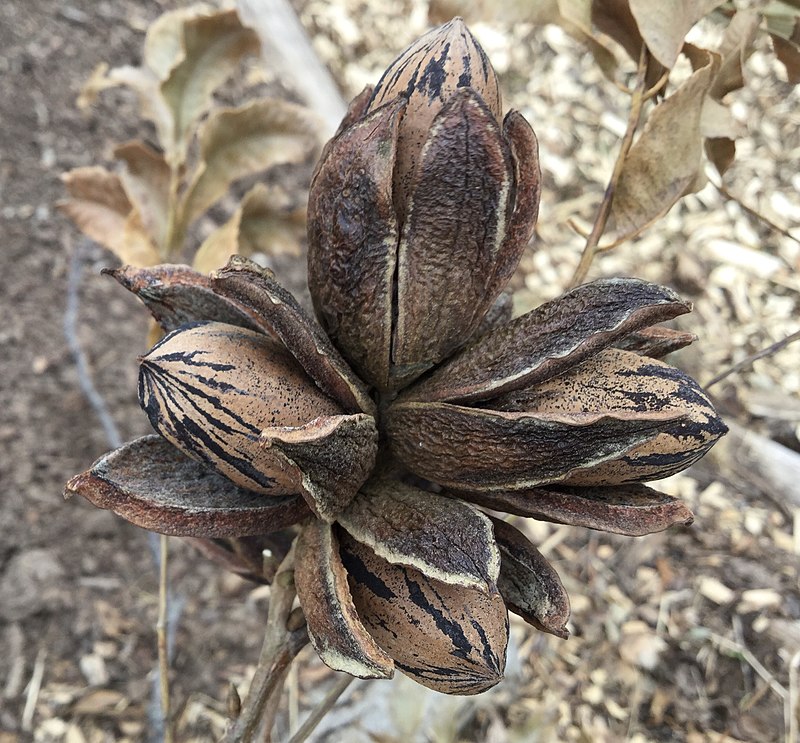
Trimming Pecan Trees: When and How
Proper trimming of pecan trees is crucial for maintaining an open canopy, supporting healthy nut production, and enhancing tree aesthetics. Follow these guidelines for trimming your pecan trees:
Timing: The best time to trim pecan trees is during the dormant season, typically in late winter or early spring before bud break. Avoid pruning during late summer or early fall, as it may stimulate new growth that can be vulnerable to frost damage.
Types of Cuts: When pruning pecan trees, focus on removing dead, broken, or diseased branches. Make clean cuts just outside the branch collar, where the branch connects to the main trunk or larger branch. Avoid leaving stubs or making flush cuts, as they can hinder the healing process.
Thinning the Canopy: To improve light penetration and airflow, selectively remove some inner branches to open up the canopy. Aim to maintain a well-distributed, balanced shape, allowing sunlight to reach all parts of the tree.
Interested in exploring landscape design ideas to enhance the plants and flowers around your pecan tree? Check out our landscaping design and installation service page.
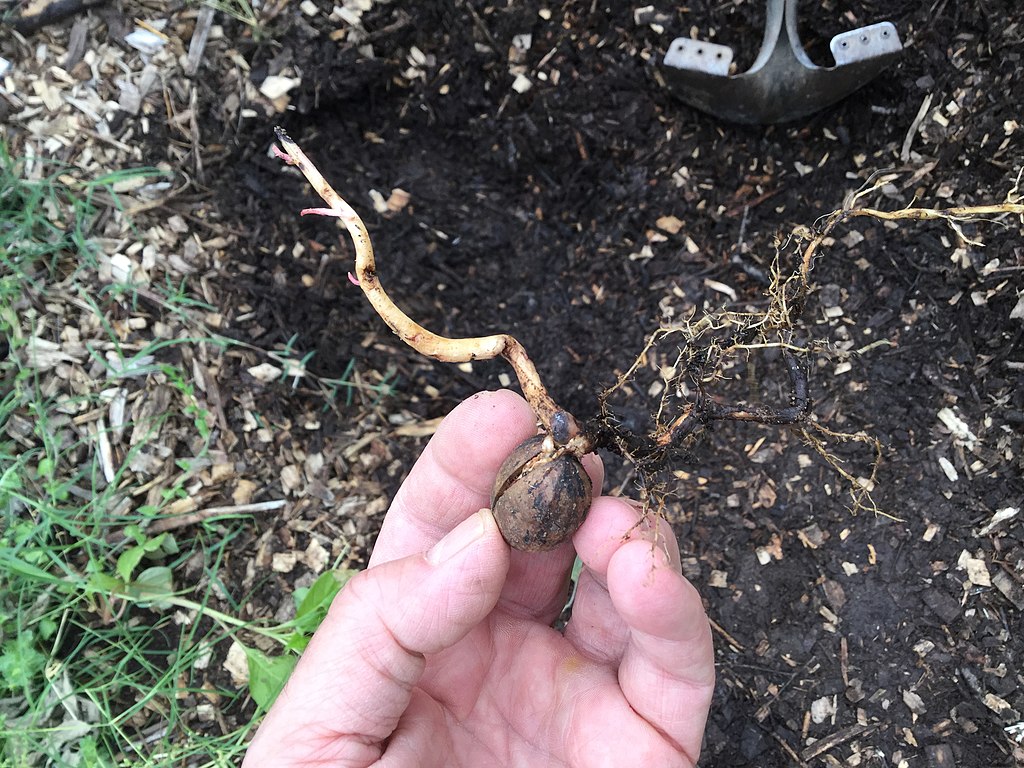
Conclusion
Cultivating and maintaining pecan trees can be a rewarding endeavor, providing beauty, shade, and a bountiful harvest of delicious nuts. By following the tips and guidelines mentioned in this guide, you will ensure the long-term health and productivity of your pecan trees.
Remember, patience and consistent care are key when it comes to nurturing these majestic trees to their full potential.
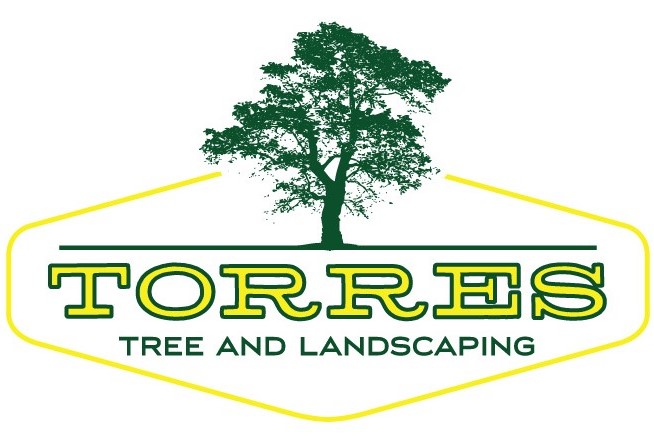
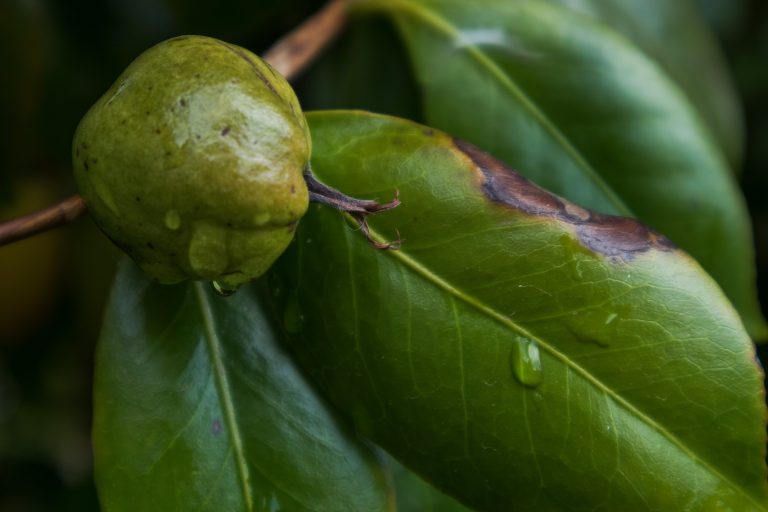
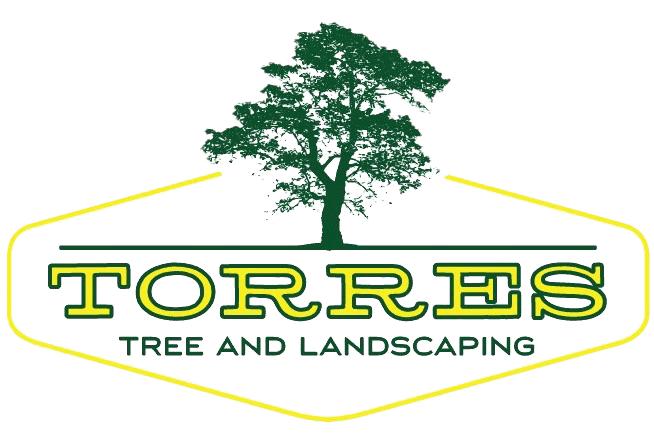
One Response
I love these concise pecan tree care tips! Pruning for shape, proper watering, and regular inspections for pests – simple yet impactful.